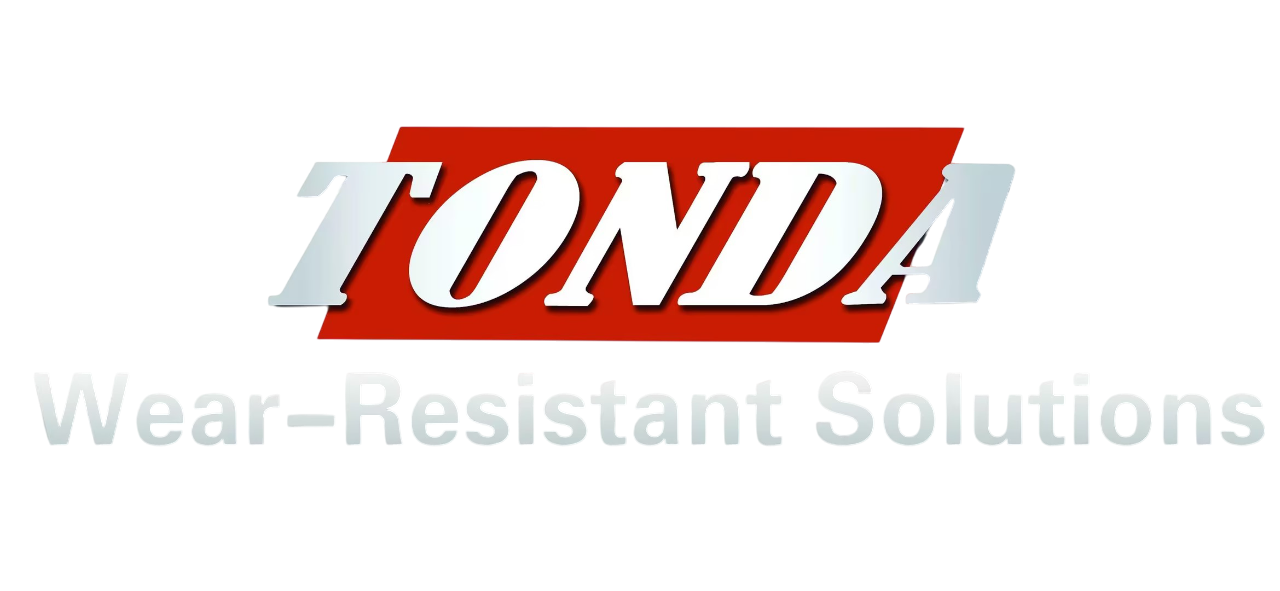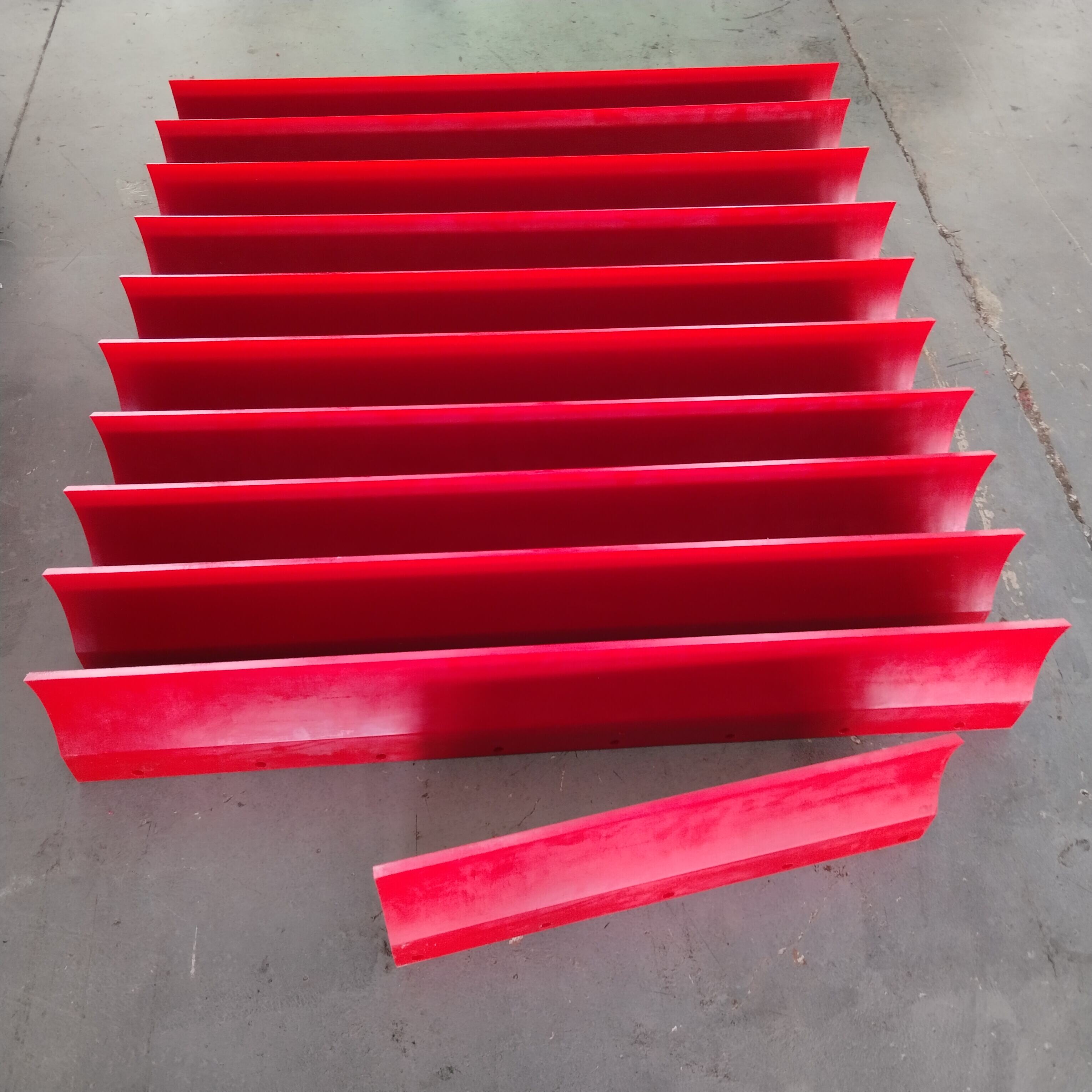Mechanisms of Belt Damage and Cleaner Intervention
Carryback and Material Build-Up
Carryback is a common occurrence in conveyors, as material that does not transfer at the discharge point causes the belt to drift underneath the rest of the conveyor components such as rollers and pulleys. It is very difficult to handle such a residual matter in the operation, and conveyor belts is damaged and maintenance cost is increased. Analysis reveals that in some industries, up to 10% of material loss can be attributed to carryback, putting heavy pressure on logistics and profits. Countermeasure The application of a belt cleaner is the most effective solution, fundamentally minimising carryback issues preventing this significant, common problem. For example, mining firms have noticed a sharp drop in maintenance costs when firm tackeling carryback problems with heavy-duty cleaning systems which clearly demonstrate the benefits of addressing carryback problems when they first arise.
Abrasion from Residual Particles
The un-disposed residual particles on the conveyor belts can cause heavy abrasion, accelerating belt wearing and shortening its life. Industry studies have reported that uncompromised wear from remaining particles can reduce the life expectancy of a belt by as much as 30%. It is essential that wear levels are continuously measured by special measurement techniques in order to avert early belt damages. Methods such surface profiling and visual examination enable wear to be monitored and addressed in a manner. In addition, instances of industries using even more advanced belt cleaners have shown that the components of the belt cleaner are shown to sufficiently reduce abrasion-related damage, and thus extend the conveyor belt's working life.
Misalignment Due to Debris Accumulation
Build up of debris is common when it comes to misalignment of belts and affects both the operation effectiveness and safety of a conveyor. This maladjustment contributes to premature wear, higher energy costs and safety concerns associated with belt drift. Adoption of an integrated sanitation approach is essential for control of this problem. According to experts, a well-designed belt cleaner can decrease the risk of misalignment by preventing the buildup of debris that can prevent the belt from loading properly. In addition, a recent study concluded by field experts suggests an association between effective cleaning systems and minimal misalignment thus stressing on well-timed maintenance of conveyors.
Types of Conveyor Belt Cleaning Systems
Primary and Secondary Cleaner Roles
The identification of primary and secondary cleaners is critical to maintaining an effective belt cleaning system. First, primary cleaners are positioned at the head pulley to remove the largest impression of carryback from the belt. They are constructed with heavy-duty blades for tough cleaning applications. Secondary cleaners are installed farther down the line and are used to remove any material left on the belt past the point of the primary cleaner. Combining a primary and a secondary cleaner in sequence can increase the cleaning flow, especially in applications where there is significant carry back or fine material of high lime or cement content. As a matter of fact, studies have proven that utilizing a primary and secondary cleaning system can slash carryback by up to 90 percent, which ultimately reduces maintenance cost/labor, as well as increases conveyor belt service life.
Strip Belt Cleaning Brushes in Action
Strip belt cleaning brushes are a highly efficient helical driven brush cleaner, increasing productivity and making conveyor belt clean up quick and easy, for a wide range of industrial applications. These brushes operate as the belt’s stiffness forces the fine bristles to ripple and lift particles while retaining particles that will be carried back or brush into stationary brushes. Strip belt cleaning brushes Known for their versatility, strip belt cleaning brushes prevent and remove material product build up from the belt, reducing the downtime of maintaining equipment. A tangible example is capable of being appreciated in their successful use in installations with sticky or fibrous materials that others cleaners would not solve. The detailed brush features b Measurements of brush strength and mounting method brush can be tailored to the service needs. This flexibility has cause them to be one of the most preferred types of belt conveyor and are excellent for low maintenance and high efficiency.
Specialty Cleaners for Unique Applications
Specialty cleaners are designed to tackle specific problems that arise with specific materials and situations on the conveyor lines. Today there are so many specialty cleaners, that have been developed over the years, to meet the demands of certain industries like mining, food processing, and recycling. Case studies show that such type of specialty solutions has improved operational efficiency and safety, overcoming the unique characteristics of difficult materials such as oil, small powders or corrosive liquids that regular cleaners can not handle. Selecting the proper cleaner is important and it should be based on the carrier belt integrity and operating conditions. Experts in the sector have forecast a gradual development within the cleaning industry, with a focus on outlets’ easy adaptability to the needs to the business, as well as keeping in line with environmental regulations. Keeping an eye out for such changes, businesses can ensure ‘right’ processing environment in place to enable Peak Productivity.
Operational Benefits Beyond Damage Prevention
Enhanced Efficiency with Linear Vibrating Screens
Linear motion vibrating screens are an excellent high volumetric capacity product and ideal for cleaning MHP systems, as they also operate very well when combined with MHP cleaning systems. Together, these screens act to screen material, allowing only desired material to continue along the conveying path and minimize carryback. Studies conducted on conveyor belt material spillage are a testament to the efficacy of linear vibration screens in the processing sector and their mechanical and logical simplicity[sourcing] can achieve substantial reduction in spillage of material, as much as up to 70%[source needed]. For example, such screen technology thereby serves to screen out debris in an incremental manner, thereby improving the overall system reliability. Enhanced performance numbers are also confirmed via a series of infographics, showcasing advancements in uptime, less maintenance and more.
Safety Improvements Through Contamination Control
Contamination is a key risk across conveyor systems and effective cleanliness solutions make a big contribution to keeping operations safe. Epidemiological studies have found that the higher the level of contamination, the greater the frequency of accidents in the workplace, proving the necessity of more powerful cleaners.[citation needed] These systems remove residue and potential contaminants to make your workplace safer and slip- and dust-explosion-free, a common point made by safety professionals. The recommendations from these professionals are testaments to the effectiveness of advanced cleaning equipment in helping to maintain a safe and healthy environment and they have become invaluable to industrial operations.
Cost Savings from Reduced Wear
Good “belt cleaning” systems can save companies a great deal of money by greatly reducing the level of wear on equipment. A study of conveyor working conditions will discuss how decreased wear can result in major savings in maintenance costs and can extend the belt's life span, reducing the number of expensive belt purchases[source needed]. The above is also backed up by hard data from industry reports---showing that operational costs can be cut by up to 25% by deploying advances in cleaning solutions. As specialists recommend,including the budget of these systems in the âmaintenanceworkâ is consider standard when plan the operation of aconveyor due to its payback is far the cost of acquisitionâtransforming th emaintenance practices and financial plannings for suchstructured areas.
Maintenance Strategies for Long-Term Protection
Regular Inspection Protocols
Stringent inspection procedures play a key role in the life of a belt conveyor. These conventions are precautions that help to prevent small issues before they become large issues. Standardized inspection checklists need to be exhaustive, and encompass all parts of the conveyor, from the belt, to the pulleys and idlers, to the drive units. Regulatory agencies and industry standards specify different frequencies for inspection, from daily visual inspection to more rigorous monthly or quarterly inspections. By now companies who have implemented proactive maintenance have countless testimonials on how their system reliability has increased and plant equipment is lasting longer. (These procedures are not only preventing inefficient down times, but can also make unexpected downtimes be minimized, helping to keep the structures constantly working.)
Blade Adjustment and Replacement Cycles
Correct NEW1953 cutter adjustment is essential to give good belt cleaner performance which affects the whole system. By maintaining the proper angle and tension, cleaners can maximize their cleaning efficiency and reduce wear on the blades. It is beyond suggested to have replacement cycle based on the operating conditions and the harder or rougher the conditions, the sooner the replacement is suggested. Monitoring indicators of wear are necessary, such as reduced cleaning quality or visible blade wear. Experts recommend establishing job training programs at the workforce level to sharpen the focus on blade maintenance and to provide workers with the skill base to make adjustments and blade replacements effectively. This preventative measure maintains the cleaning effectiveness of the system as well as the life of the conveyor belts.
Complementary Equipment Synergy
The successful operation of a conveyor belt can affect a company’s production and profits through the integration of other complimentary accessories such as belt cleaners and tracking products. The synergy of different parts like the linear vibrating screen and belt stripper brushes improves the working ability. Oe one example of this, a properly set line can result in a dramatic reduction in wastage and carryback, therefore being highly efficient to operate. As a result, case studies have come to the conclusion that systems supported by complementing machinery are more productive and requires less maintenance. Equipment integration is evolving due to technology advancements: providing novel solutions that increase system synergy. With the evolving technology of conveyor equipment, it is the overall system enhancements that will allow maximum use of integrated conveyor operations to ensure sustainability and reliability over time.

